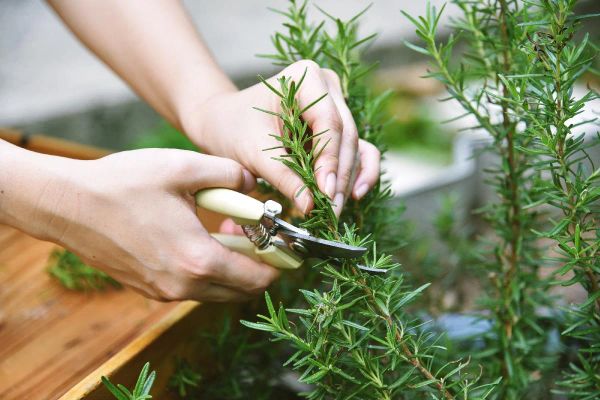
Rosemary is a versatile herb that holds a special place in the culinary, health, and beauty worlds. But did you know that it can be a bit tricky to keep this herb thriving, especially for urban dwellers? Fear not! Today, we will unveil the secret techniques used by seasoned gardeners to keep their rosemary plants happy and healthy.
Finding the Perfect Spot
Rosemary loves to bask in natural light, but be cautious of scorching sunrays. If you live in a warmer climate, find a semi-sunny spot with some shade. In milder or colder regions, aim for a sun-drenched location to ensure your plant gets all the light it needs.
Battling Temperature Fluctuations
Rosemary originated in the Mediterranean, so it thrives in temperate warmth. However, it can struggle with unexpected hailstorms, frost, and sudden temperature drops. Keep an eye on the weather forecast and protect your rosemary during harsh conditions to help it thrive.
The Art of Watering
Regular watering is essential for rosemary’s growth, especially if you’re cultivating it in a pot. But beware! Too much water can drown the roots. To keep your plant hydrated without overdoing it, consider using a drip system. This will provide just the right amount of water, ensuring your rosemary stays healthy and happy.
Pruning for Prosperity
Pruning is a crucial step in maintaining a flourishing rosemary plant. If you notice dry or yellowing leaves, sparse growth, or the presence of pests like aphids or scale insects, it’s time to grab those pruning shears. Simply trim the affected parts, just below the problem areas, and watch as your rosemary regrows with renewed vigor.
Embrace the Gardening Wisdom
By following these gardening tips, you can cultivate vibrant rosemary and create a thriving green sanctuary in your own home. So, dig in, get your hands dirty, and unlock the secret to never having wilted rosemary again!
*Note: The information provided here is suitable for rosemary grown in various settings, whether it’s in the ground or in pots.



